 I frequently receive questions about the difference between Albert and Boehm system - especially when I have a cheap Albert in C for sale and some poor soul doesn't really want to spend $2k+ for a Boehm! How hard is it to switch? How different are they? OK, here's the historic progression: Simple system came first, and is basically an open hole clarinet that only had a couple of keys for accidentals. This illustration is a little late, but shows a 5 or 6 key instrument dating to the early 1800's. It would've been comfortable to play in 4 or 5 keys...anything beyond that would be challenging and a bit uneven in response and intonation....which explains why they used to come in sets! 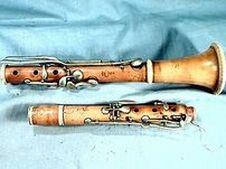 As composers became more demanding of clarinetists, clarinet makers added more and more keys in an attempt to meet that demand: more accidentals, fingerings for either hand or to facilitate key changes further from the fundamental, etc. here's an 11 key horn dating from about 1860/70 that illustrates the progression...almost an Albert. 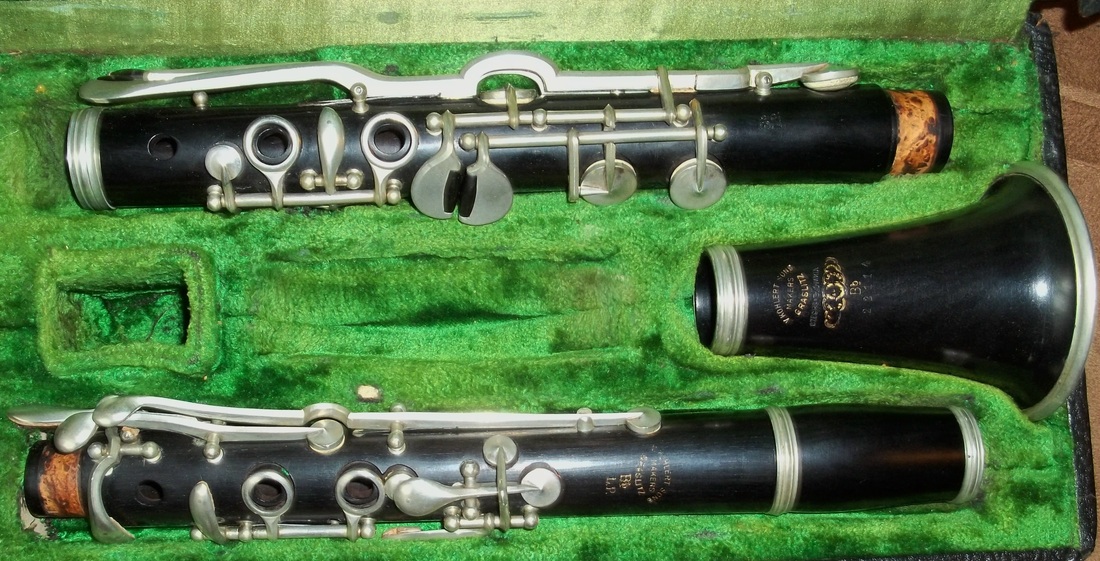 Here's an Albert system instrument from about WWI/1920. It has 14 keys, including a Low F# crossover (allowing F#/C# with either pinky) on the lower stack. There are 2 Eb's and front and side F's on the upper stack. You can play further from the fundamental with this system, have more choice of fingerings for challenging passages, and the intonation is more even. 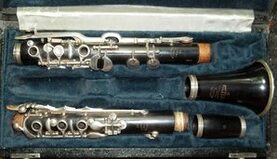 Here's a vintage Oehler system (still used in Austria and Germany to this day) which is the logical end result of the Albert fingering, but on steroids: it can do pretty much what a Boehm can do, but the keywork has gotten pretty complex and heavy! 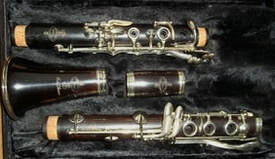 This all proved as challenging for the clarinet as parallel challenges were for the flute, and Theobald Boehm was kind enough to wipe the slate clean and re-design the system from scratch, creating an equally tempered instrument capable of being played (albeit with some whining) in any key. It was developed in the mid 19th century, Buffet started production in the 1880's, but it didn't fully catch on until the late 1920's, when Alberts started diminishing in popularity due to the demands of increasingly chromatic music (both Jazz and Classical). Albert system is still alive and well, however - they are favored by Greeks, Turks, Armenians, Jewish Klezmer musicians, and even some New Orleans Jazz traditionalists trying to get 'that sound'. I get requests on a monthly basis and sell quite a few to customers worldwide... who are relieved that they don't have to spend E2500+ for one from Markneukirchen! For the record, many of the notes and fingerings are the same and switching wouldn't present much challenge to the educated player, as long as s/he had big hands - the spacing of keys is a bit wider than Boehm...and Albert does have its advantages! Partly in expressiveness (certain slurs and decorations are easier with fewer keys), and partly in its tone. Ironically, in the effort to make the Boehm instrument more perfectly in tune, louder, more focused (all the qualities that Buffet's R13 is famous for), the tone has become thinner, blander, less rich and subtle. For a classical section player, this may be ideal. For a Greek or Trad Jazz musician, its contraindicated! Alberts sound great, as a listen to YouTube videos by older jazz and folk musicians will illustrate. Personally, I'm glad it has hung around all this time and hope the wave of revivalism in modern music will assure its continued use...
4 Comments
4/15/2019 05:33:02 pm
Here's a wonderful historic recording of George Lewis playing a metal Pedler Albert: https://www.clarinette-metal.fr/Burgundy%20St.%20Blues%20(G.%20LEWIS).MP3
Reply
Betty Thompson
4/15/2019 05:48:09 pm
I have my grandfather's C clarinet. After reading your article. It looks like the top picture. Albert system. I never knew. Lol I played it in grade school and bought a new Bb clarinet in high school. Over 60 years ago.
Reply
Nick
4/15/2019 08:46:25 pm
great blog ... and your choice of Bechet’s music is genius .... alberts rule .....
Reply
Charles Davidson
4/16/2019 08:02:05 pm
Love that Sidney! Love that sound! Makes me wanna getup n dance!
Reply
Your comment will be posted after it is approved.
Leave a Reply. |
Archives
February 2024
AuthorThe Licorice Shtick Blog is the creation of the Vintage Clarinet Doctor, a Winston Salem, NC based woodwind instrument repair shop specializing in vintage and antique clarinets, saxophones, and the occasional flute. Categories |
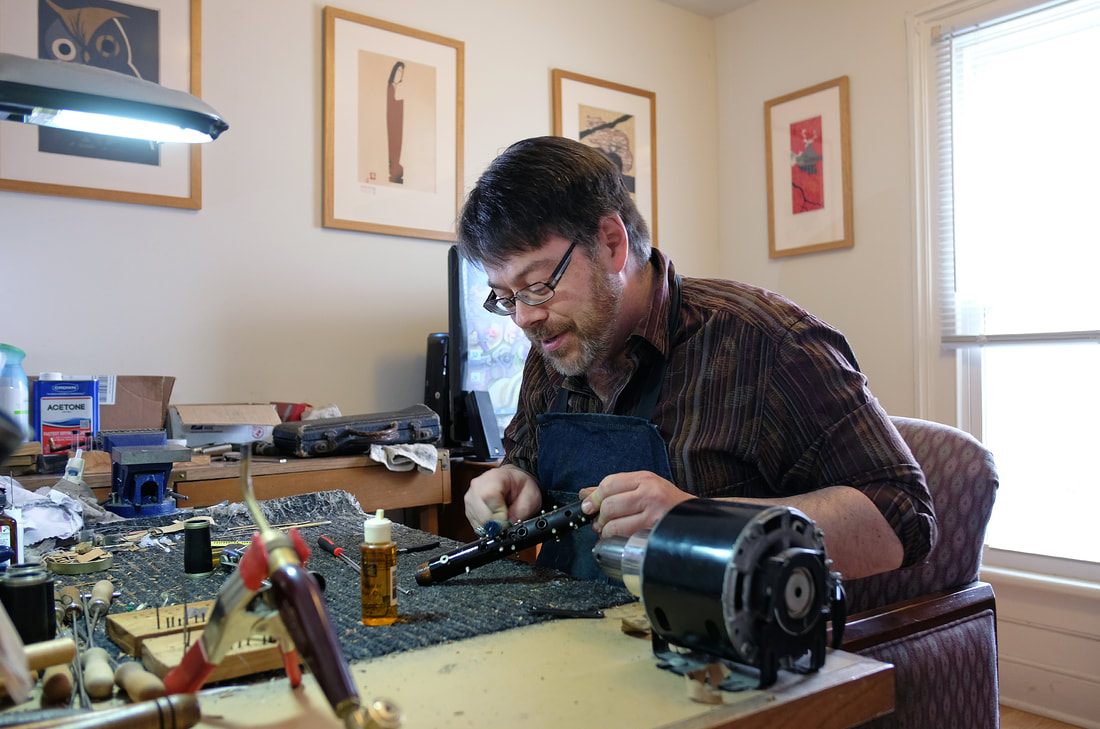
 RSS Feed
RSS Feed